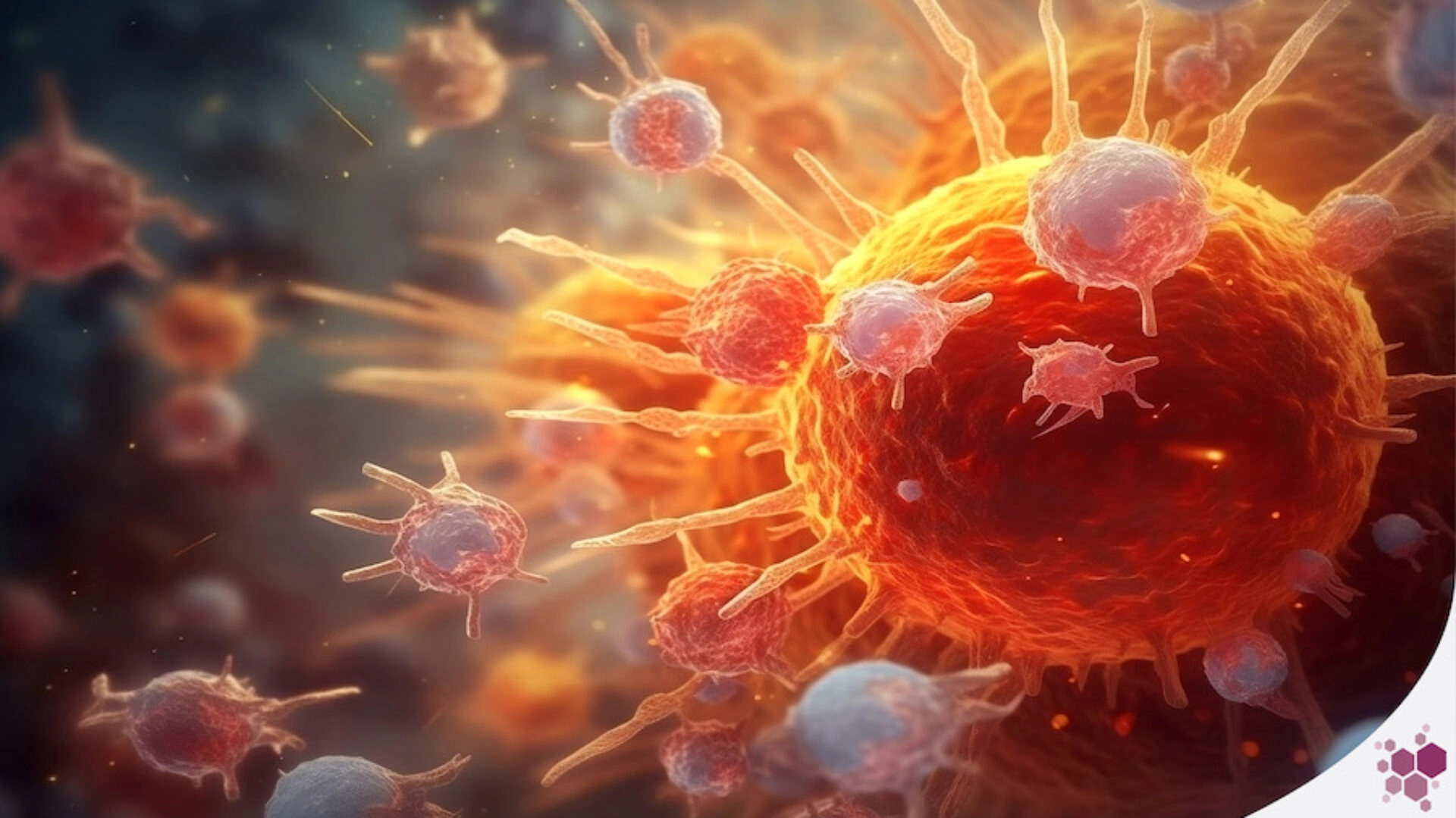- Blog
17/02/2025


Tumor xenograft models are valuable tools for evaluating drug efficacy and safety. Among these models, Patient-Derived Xenografts (PDX) and Cell Line-Derived Xenografts (CDX) are widely employed. TransCure bioServices has developed innovative predictive preclinical immuno-oncology CD34+ humanized mouse models engrafted with either CDX or PDX, recapitulating the characteristics of cancer diseases. This comprehensive approach allows for a more accurate evaluation of potential treatments and holds significant promise in the quest for improved cancer therapeutics.
This blog presents a detailed comparison of the characteristics, advantages, and limitations of these two models in preclinical oncology research and can assist researchers in choosing the optimal model for their study.
CDX humanized mice models are established by engrafted cell line derived tumor cells in CD34+ humanized mice. Tumor cells can be implanted in various routes, including subcutaneously or orthotopically (intra-splenic, iv, intra-femoral or mammary fat pad) in humanized mouse. In CDX-engrafted humanized mice models, the presence of the human tumor is observed alongside human immune cells. These models are primarily used in in vivo pharmacology (PK/PD/ efficacy) studies. They offer distinct advantages, such as:
– Tumor micro-environment (TME)
– Highly characterized cell models : based on historical data, they benefit from a deep understanding of their molecular profiles
– We have screened more than 50 tumor cells lines for their immune infiltration phenotype and response to standard of care (SOC) treatments
– As they are derived from cultured in vitro cells, they could be additionally genetically modified to expressed reporter genes or modified for expression of key genes targets
– They allow to carry forward the information learned during the in vitro screening and in vitro assays in order to leverage it to the next dimension in vivo and obtain in vivo pharmacological data.
Nonetheless, these models have limitations, including limited genetic homogeneity and lineage hierarchy. They may not always accurately predict clinical outcomes and can deviate from tumor evolution over time.
PDX humanized mouse models are established by implanting subcutaneously fragments of human tumors into humanized mice. The samples used for PDX models are derived from tissue biopsies.
They offer additional advantages such as:
– More translational tumor architecture
– Higher tumor heterogeneity
– The presence of mutations that could not be found in CDX models.
However, PDX models also have limitations. They may exhibit genetic and phenotypic alterations in the graft-host interaction. Additionally, they require an initial step to determine their growth rate in humanized mice. The process of deriving PDX mouse models is time-consuming, which hinders their application in practice.
PDX and CDX humanized mouse models are valuable tools in preclinical oncology research. Together, they form a growing arsenal of important tools provided to cancer researchers. Selecting the appropriate model is a challenging process. Factors such as the intricacies of the cancer type, the aim to understand tumor biology, the need to assess the effectiveness of a treatment contributes to determining the most suitable model for your study. Partners such as TransCure bioServices can help you make the right choice in a variety of ways.